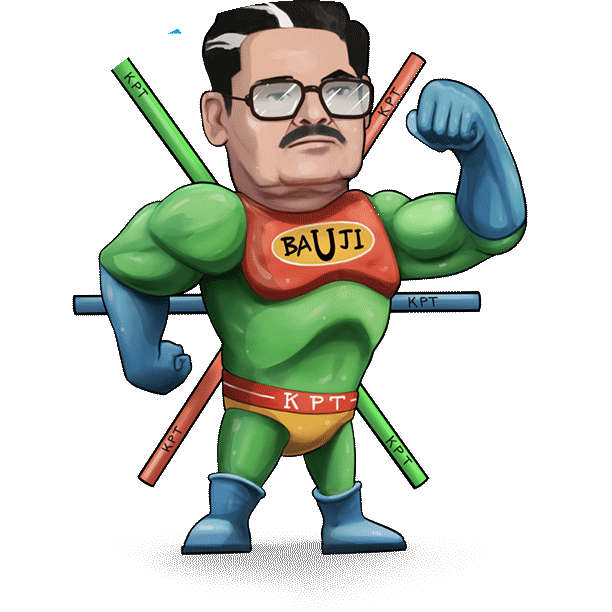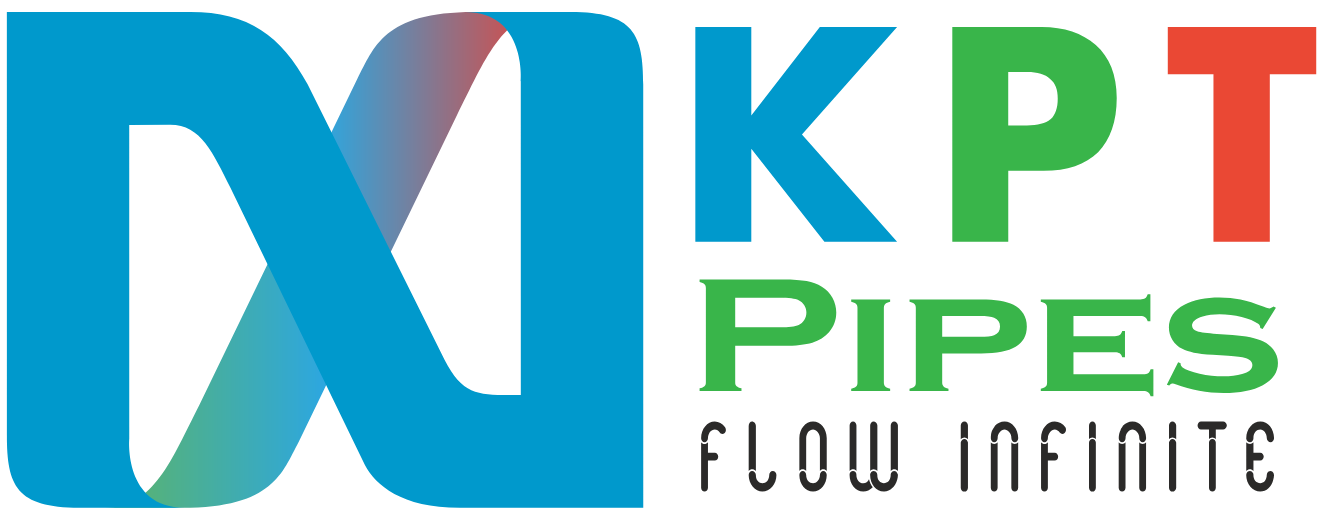In the dynamic world of construction, every material choice plays a crucial role in determining the success and sustainability of a project. Among the myriad options available, Polypropylene Random Copolymer (PPR) pipes have emerged as a favored choice, not only for their superior performance but also for their significant economic benefits.
PPR pipes are a type of plastic piping system extensively used in plumbing and heating applications. Their popularity stems from a multitude of advantages, with economic benefits standing out prominently.
Table of Contents
TogglePPR Pipe’s Longevity and Durability
First and foremost, PPR pipes boast remarkable longevity and durability. Unlike traditional metallic pipes that are prone to corrosion and rust, PPR pipes are highly resistant to chemical reactions, ensuring prolonged service life. This inherent durability translates to reduced maintenance and replacement costs over the lifespan of a construction project. By investing in PPR pipes, developers and contractors can mitigate the need for frequent repairs, thereby saving both time and money in the long run.
Lightweight Nature
Furthermore, the lightweight nature of PPR pipes facilitates easier handling and installation, leading to reduced labor costs. Unlike cumbersome metal pipes that require heavy machinery and specialized skills for transportation and fitting, PPR pipes can be easily maneuvered and installed by a smaller workforce, cutting down on labor expenses. This streamlined installation process not only accelerates project timelines but also minimizes disruptions at the construction site, optimizing overall efficiency.
Superior Thermal Insulation Properties
Another significant economic advantage of PPR pipes lies in their superior thermal insulation properties. Unlike metal pipes that conduct heat, PPR pipes exhibit excellent thermal insulation, reducing heat loss during the transportation of fluids. This characteristic not only enhances energy efficiency but also translates to cost savings for property owners through reduced heating expenses. By minimizing heat loss, PPR pipes contribute to the sustainability of construction projects while simultaneously lowering operational costs for end-users.
Moreover, the smooth internal surface of PPR pipes minimizes frictional losses, resulting in improved fluid flow and reduced energy consumption. Whether used for potable water distribution or radiant floor heating systems, PPR pipes ensure efficient fluid conveyance, thereby optimizing resource utilization and lowering utility bills. This enhanced operational efficiency adds another layer of economic benefit to construction projects, fostering long-term sustainability and affordability.
In addition to direct economic gains, the environmental sustainability of PPR pipes further enhances their value proposition. As eco-conscious practices become increasingly prevalent in the construction industry, the use of PPR pipes aligns with green building standards and certifications. By choosing PPR pipes over conventional materials, developers and contractors demonstrate their commitment to reducing carbon footprints and minimizing environmental impact, thereby enhancing brand reputation and market competitiveness.
Conclusion
In conclusion, the economic benefits of using PPR pipes in construction projects are manifold and undeniable. From extended lifespan and reduced maintenance costs to streamlined installation processes and enhanced energy efficiency, PPR pipes offer a compelling value proposition that resonates with stakeholders across the construction ecosystem. By embracing innovation and prioritizing cost-effective solutions, the construction industry can leverage the advantages of PPR pipes to drive sustainable growth and prosperity for years to come.


